Japanese Maple Bonsai Tree Started to Sprout
bgardne7
9 years ago
Featured Answer
Sort by:Oldest
Comments (17)
greenman28 NorCal 7b/8a
9 years agobgardne7
9 years agoRelated Discussions
Japanese Maple Seedling - Good for starting a Bonsai?
Comments (4)Brandy, As you say most trees are suitable for bonsai, Maples certainly are. Many people will say not to start your bonsai 'career' with seedlings, mainly because of the length of time they take to 'do' anything. This can lead to disollusionment with the hobby. So buying inexpensive raw material, e.g. garden centre shrubs or small trees gives you something tangible to work on and practice newly discovered techniques. However, seedlings are still appropriate, in fact in ancient times seedlings would have been the most likely starting point for bonsai enthusiasts, apart from collecting from the wild. Regarding your Maple seedlings, if you regularly pot them on, maples can grow quite quickly. Beyond that any other advice on pruning and root pruning etc can be read about in books - far to much to include here. You can also learn about modern techniques e.g. trunk chopping and so on. Good luck Nick...See Morejapanese maple for bonsai
Comments (2)If you're in Virginia, I suggest taking a trip to Eastwood Nurseries in Washington, VA. Take a look at mikawa yatsubusa, if you haven't already. Warren Here is a link that might be useful: Eastwood Nurseries...See MoreJapanese Maple 'Fireglow' as Bonsai
Comments (14)Better still would be to layer the top off above the graft, something I do as a matter of course. Here is a picture of a Zelcova I'm 'shortening' (on right). Pay no attention to the planting on the left. The photo was taken as part of a series to illustrate before/after pruning of the Radermachia. The Zelcova was actually incidental to the picture; I just remembered it was in the shot. You can remove all the bark & cambial tissues in a ring equal to 1.5X the diameter of the branch you're layering; or, you can leave the bark intact and simply wrap a couple of zip ties (locate them as close together as you can get them - touching is best) tightly around the trunk & wait. How I do it: A) determine where I want the root base to develop B) wrap the zip ties below that point in late summer before I'm going to do the layering C) (important) Wrap a piece of aluminum foil around the area where you eventually want roots to grow & secure it so the area just below the zip ties to just above is in total darkness. This increases the plant's response to the polar movement of auxin and promotes the preformation of root primordia, so when the layer is completed in spring, you have a considerable jump on the process. BTW - the zip ties block the polar flow of photosynthate/carbohydrates and auxin. A very noticeable bulge will form immediately above the constriction point where the carbohydrates collect in the auxin-rich tissues. Fortunately, the prominent bulge adds a considerable amount of (visual) strength to your composition after the layer is separated from the tree. D) Start the layering process in spring. In most cases, after the separation if not before, buds will break below the layer site, providing you with another tree you can plant out, layer again later, or use as a source of grafting material. Al...See MoreDid we kill our beautiful Japanese Maple Bonsai?
Comments (11)Sorry to say, I don't think waiting until Fall wold have helped. Defoliation works on healthy vigorous trees. Also when defoliating you cut the leaf off but leave the little "stem" called a petiole that attaches the leaf to the twig. This little bit will keep the bud at the base of the petiole alive until the bud pops open - again, on a healthy tree. Having said that; it's sad to say but killing trees is a way of learning. Every bonsai enthusiast, that cares for their own trees, have killed a few. I got sick a few years ago and didn't care for them as I should. I lost 50% of my collection - about 15 trees. Sad? Absolutely. But the next spring. I bought a few more hopefuls and started again. Lesson learned, go to the garden center next spring and pick up another. You can do it....See Moregreenman28 NorCal 7b/8a
9 years agobgardne7
9 years agogreenman28 NorCal 7b/8a
9 years agobgardne7
9 years agobgardne7
9 years agogreenman28 NorCal 7b/8a
9 years agobgardne7
9 years agogreenman28 NorCal 7b/8a
9 years agogreenman28 NorCal 7b/8a
9 years agobgardne7
9 years agogreenman28 NorCal 7b/8a
9 years agobgardne7
9 years agogreenman28 NorCal 7b/8a
9 years agobgardne7
9 years ago
Related Stories
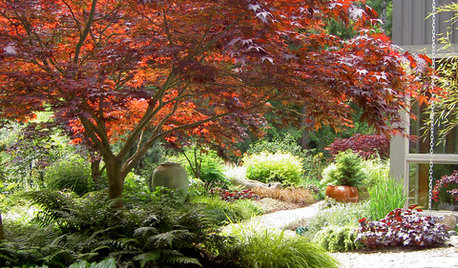
TREES11 Japanese Maples for Breathtaking Color and Form
With such a wide range to choose from, there’s a beautiful Japanese maple to suit almost any setting
Full Story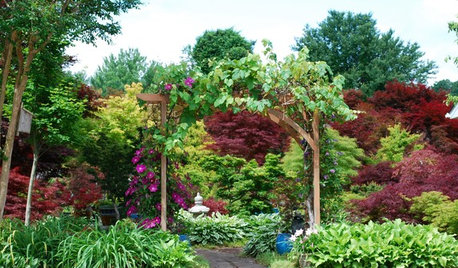
GARDENING GUIDES12 Japanese Maples for a Sunny Garden
The right maple in the right place shines in hot summer sun
Full Story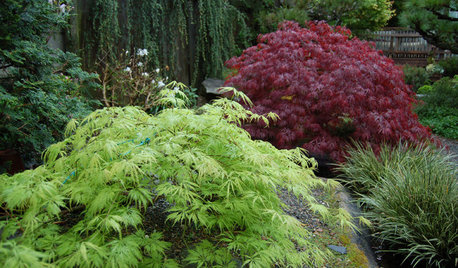
GARDENING GUIDES13 Japanese Maples for Shade
A surprising variety of these understory trees is waiting to make a statement in your shade garden
Full Story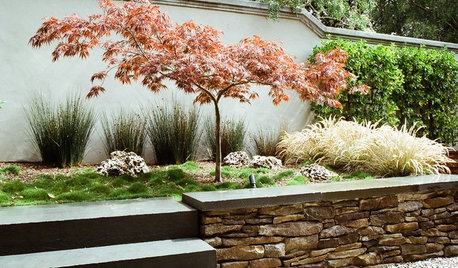
GARDENING AND LANDSCAPINGGreat Design Tree: Japanese Maple
Lacy form and fiery fall color make Japanese maple a welcome tree for garden or patio
Full Story
ARTThe Beauty of Bonsai — Living Art, Rooted in Harmony
Create your own emblem of nature's balance with an art form dating back 1,000 years
Full Story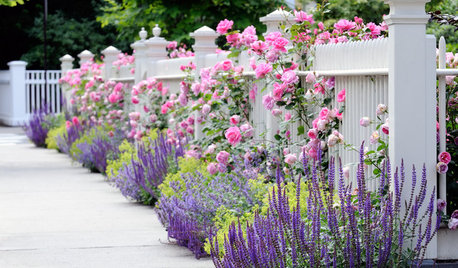
GARDENING GUIDES10 Tips to Start a Garden — Can-Do Ideas for Beginners
Green up your landscape even if you're short on time, money and knowledge, with these manageable steps for first-time gardeners
Full Story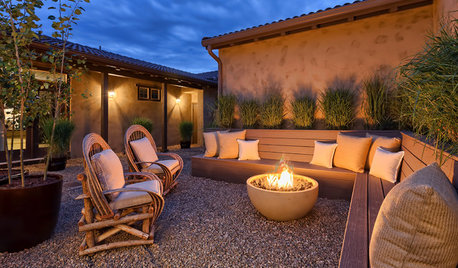
GARDENING AND LANDSCAPINGNew This Week: 3 Fire Pits Herald the Start of Summer
Toast summer — and marshmallows — with these sizzling fire pit designs recently uploaded to Houzz
Full Story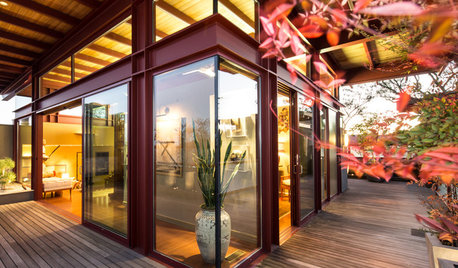
APARTMENTSHouzz Tour: Modern Japanese Penthouse Atop a Designer’s Office
Vintage obis, petrified wood, Samurai armbands and antique fans are just a few of the materials that warm this California apartment
Full Story
GARDENING GUIDES5 Best-Behaved Trees to Grace a Patio
Big enough for shade but small enough for easy care, these amiable trees mind their manners in a modest outdoor space
Full Story
LANDSCAPE DESIGNPretty Trees for Patios, Paths and Other Tight Spots
Choose trees for their size, shape and rate of growth — or shape them to fit your space. Here's how to get started
Full StoryMore Discussions




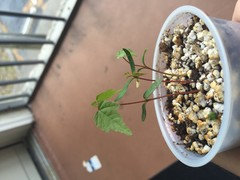



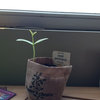
User